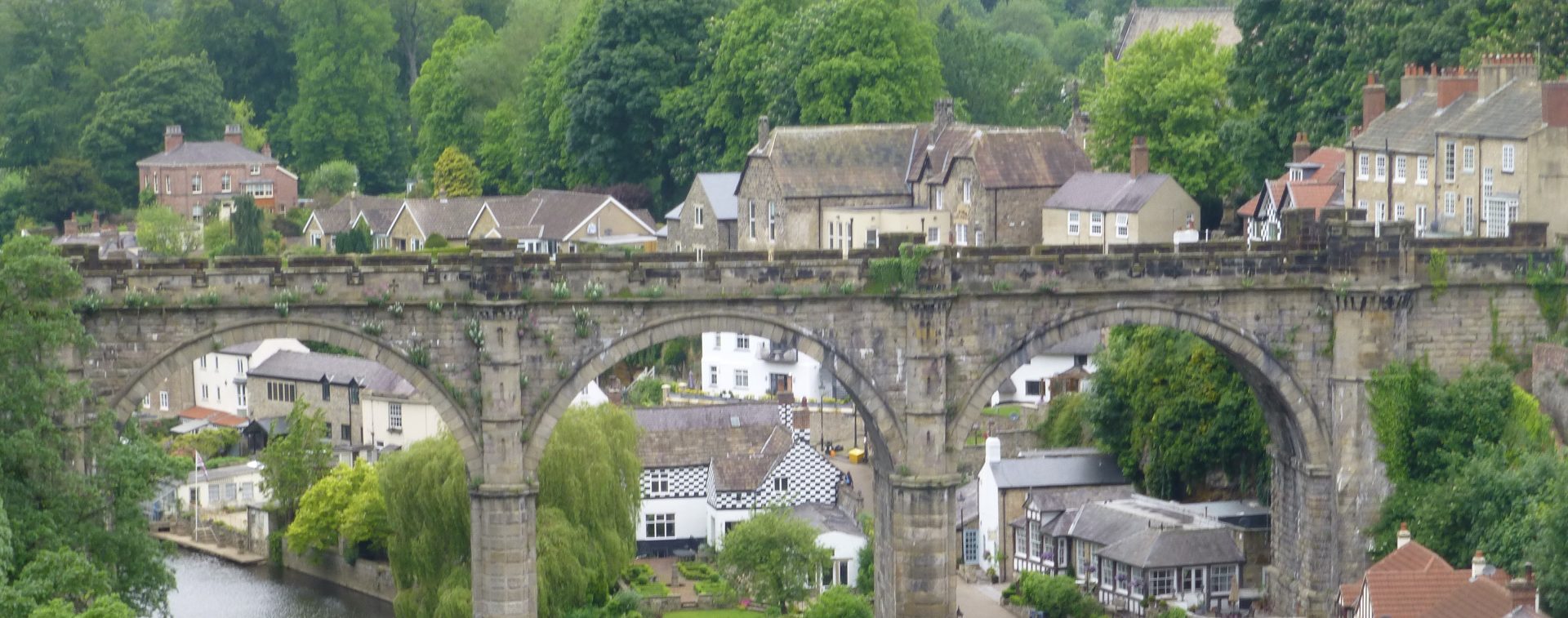Travel Hubs… what are they and why would you want one?
It occurred to me as I looked over brochures for group tours to London and Paris, Bulgaria and Switzerland… that it was a LOT of work for relatively few touring options. Pull up stakes every night. Bus trips of long duration. Not being able to separate from a tour if it *wasn’t* what I wanted to do… etc.
I’m normally an independent traveler, and even as such, I hadn’t really scoped out the power of “hubbing.” Typically, I would land in London, then take a train or car to each of the following travel destinations on my itinerary… changing lodging each time. Again, a lot of time and energy wasted on useless things like packing, switching hotels, and driving to each B&B along the way.
I started thinking of all the day tours available from London to Stonehenge, Bath, the Cotswolds, etc. And I wondered… couldn’t you apply the “hub” concept to a custom-tailored vacation just for you? I mean… who said I had to be stuck with city to city vacations? Really?
So, I’m about to step out on a limb here and apply this concept to a vacation you might want to take. Perhaps structuring one will make more sense.
Choose the Trip Highlights First
First, without considering a location or a specific date, are there some things you might like to do?
Determine Things You Want to Do
- Hike
- See some sheepdog trials
- Go to some country fairs
- Shop – especially in market towns
- Check out a few cathedrals, castles, or other historical sites
- Eat really good food
- Visit friends
Settle on Travel Dates
Ask yourself:
- Which of these travel highlights are tied to certain dates?
- Sheepdog trials – May 18 – Otley Show.
- Country fairs – http://www.dalesfestivaloffood.org/– May 4-6 (Leyburn)
2. Is that a good month weather-wise to go see and do these things?
- Yes… see Climate of the UK.
3. Do the dates fit into a travel schedule that is doable?
- It would be a stretch: May 2 – May 19
Determine Cities/Towns You Want to Visit
- Keswick
- Otley
- Leyburn
- Ripon
- Kilburn
- Sleaford
- London
- Leicester
- Norwich
Pinpoint Your Hub(s)
Map out the Highlight Locations
Use Google Maps (or another map program) to map out your destinations.
Now, typically, you would look at this map and find the center of the dots to see where your hub should be. In this map, you see the potential for a North and South hub.
Deciding Factors
Is there an area or particular location you want to consider?
Perhaps you want to spend a good amount of time in the Lake District.
The north hub could be Keswick (location C). From Keswick, Leyburn (B) , Otley (A), Kilburn (D), and Ripon (E) are reachable in a day.
Are there other factors? Opportunities?
For the southern hub, you have a friend who lives in Leicester (G) … so you could go to London (F), Sleaford (I), and Norwich (H) as day trips from there and enjoy an extended visit with your friend.
Logistics
- Do your research – because back roads can cause a lot of issues when you’re traveling in the UK. A one-hour trip can easily become three hours. If the towns you are visiting are easily reachable by train or bus… consider those.
Trains are usually faster than cars, but won’t get you in and out as easily.
- Pick your hub B&B or lodging. There are numerous resources for this including the local visitor’s centre.
Summary
To summarize, a travel hub does not have to be a large city. You can create your own travel hub and make your vacation work for YOU and not the other the other way around.
The advantages of staying in one place are:
- Saving time and money. Many B&B’s offer a discount for an extended stay. Less time packing and unpacking – more time for sightseeing!
- Flexible. If you decide you don’t want to do a day trip one day… you don’t have to. You haven’t already planned and tied yourself to a B&B for the next day.
- You can scope out your hub town in a lot more detail.
- You can leverage opportunities to visit friends – using their town as a hub and possibly saving money by staying with them.


